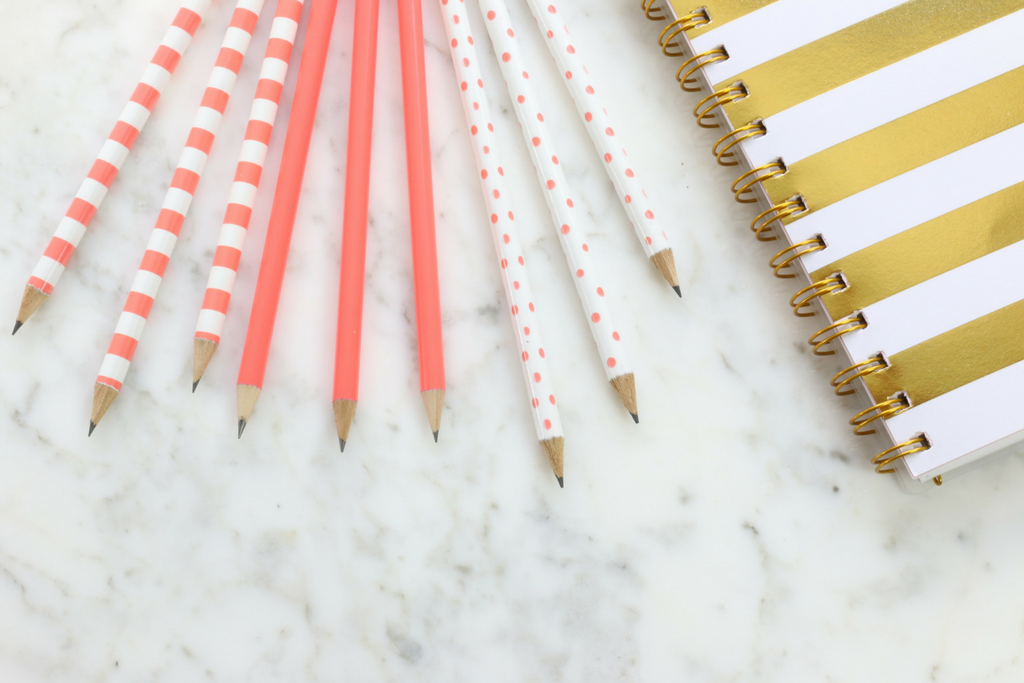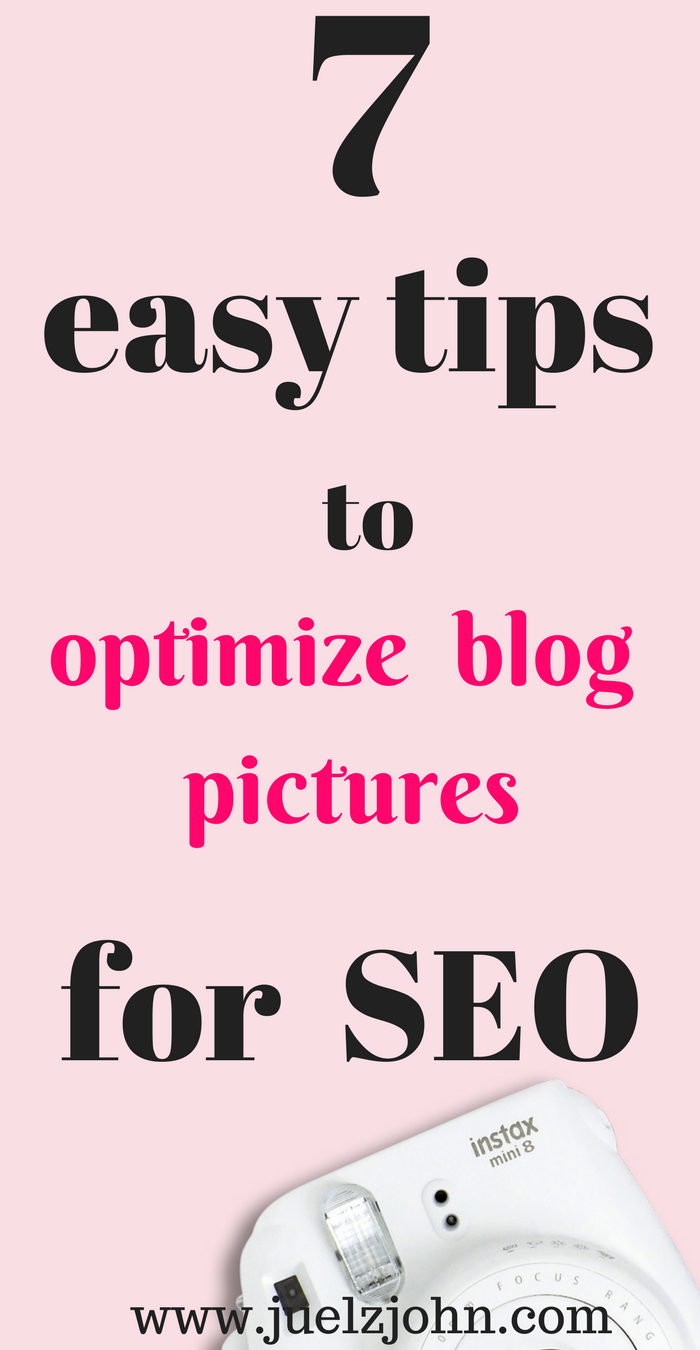What is picture optimization? Why is it important?Those might be some of the questions running through your mind but rest easy by the end of this post you will learn how to optimize blog pictures for SEO and much more.
I first heard or rather read of picture optimization when I was researching about SEO. As usual anything about SEO intrigues me and I just wanted to learn more and better my site and of course make my blogging journey easy.
Picture optimization is one of the steps to SEO your post. If done correctly it will help to increase your SEO score meaning more traffic for you since your page will rank higher.
Are you aware you could optimize blog pictures for SEO?
If you haven’t started your blog yet check out my step by step tutorial on how to start a profitable blog.
Step by step guide on how to start a profitable blog.
If you are new to SEO, SEO in full is search engine optimization which is the process of optimizing your website in general and your blog post. See the post below and learn more about SEO in general.
Related post:The ultimate guide to SEO your blog post.
Picture optimization is something that is usually overlooked but it’s as important as other aspects of SEO. It’s very simple.
Why should you optimize your blog images for SEO?
1. Improves your bounce rate. Bounce rate is the interval at which people stay on your blog.
2. Boosts your traffic. For instance, if your pictures are shared on Pinterest.
We all know and agree with the famous saying pictures are worth a thousand words. Pictures can make or break your post. High-quality pictures will help draw many people to your post, don’t forget that as human beings we are visual.
Not optimizing your pictures is one of the biggest mistakes that bloggers and today you will learn how to optimize blog pictures for SEO the right way.
 1.Resizing your pictures
1.Resizing your pictures
One of the things you have to do when it comes to picture optimization is resizing your pictures.
Uploading heavy pictures will slow down your site which is something you really don’t want. Have you ever been to a site that took ages to load only one page? If yes you know how annoying that is and chances are, you closed that page and never tried it again.
Heavy pictures will eventually increase your bounce rate.
Resizing and compressing your images will help your site to load faster and search engines such as Google and bing loves that and your site will end up ranking higher.
Also If one day the need to back up your site arises then it will be faster and less hectic with smaller image size.
There are several ways you can resize your pictures or even compress them. The idea is to do so without altering the quality of the image so much.
Two of my favorite ways are:
1. Tiny PNG
This is an online image compressor for both PNG and JPEG images. Tiny PNG will help you to shrink your website and social media images without messing with the quality of your images.
2. WP Smush
WP Smush is a free WordPress plugin which you can simply install by going to your dashboard, on the left side you will see plugins and under plugins add new and you just type the name and then install.
It’s one of the most powerful and popular plugins which will help you to compress, resize and optimize your images. If you haven’t installed it I highly recommend.
You can also use photo editors such as canvas, Lightroom, and Photoshop to resize your pictures.
2.Rename your file name with a keyword
Next up on the list of how to optimize your blog pictures for SEO is to rename your file with a keyword. Keywords are words that you want your post to rank for.You should always try to use long tail keywords which are keywords with more than 3 words.
You want to use long tail keywords because they have less competition compared with short tail keywords. Short tail keywords are used by so many people in your industry meaning it will be extremely hard to appear anywhere near the first page.
After you have decided on the keywords to use rename your file with one of them. Wherever you are saving your images maybe it’s your desktop rename them.
 3.Fill in the image ALT Text
3.Fill in the image ALT Text
The third thing you can do is to fill in the alt text. You can simply do this as you upload your image, you will see an option to add an alt text then. Use keywords too in your alt text.
You can also edit your alt text on your post by going to edit the post then click on the image and a mini toolbar will appear and once you click on the pencil button you can be able to edit.
Since SEO can’t really see your image filling in the alternative text will help to determine what your picture is all about.
This is also important if someone pins or shares your pictures too, it will let your readers know what your picture is about.
Relate post: Best tips &Tricks to master SEO
4.Optimize blog pictures for SEO: Rename your images.
Before you upload your images to the blog make sure you rename them. You simply double click on the pictures then once it’s highlighted you rename it. Highly recommend you use a keyword as well.
Using the right keywords will make it easy for Google to rank your images and site high which helps to boost your website traffic. Google can’t read your pictures so it reads the text associated with it.
For instance, if my keyword is SEO tips for dummies them I change my picture from img 9537.JPG to that. It should be seotipsfordummies.jpg or you can choose to add dashes between two words like SEO-tips-for–dummies.jpg. The latter one is better. Make sure you retain the correct file extension such as jpg or gif.
5.Add the Alt Description
Adding alt description is something that is highly ignored and it is as simple as adding the alt text. In the description box briefly, describe what your picture is all about or even your post.AS you do so be keen to naturally add keywords.
6.Select link to None
This will make sure that when someone shares your picture for instance if they pin the image it links back to the actual post.
7.Use relevant images
As much as Google can’t read your images try to use relevant pictures. Google doesn’t like random pictures that might end up confusing people.
Do you want to learn more about SEO?Master SEO with my detailed free ebook.From the book you will learn
Keywords
Interlinking
Installing Yoast
Sitemap
Picture Optimization
Tips to craftingacatchy blog Blog post title
How to write a good blogpost.
Tips to ensure your site is loading faster.
Download the free SEO Ebook and boost your traffic
You might also like:
Easy Affiliate marketing tips for new bloggers
How to write an epic about me page
Mistakes new bloggers make and how to solve them
Hope this post on 7 easy tips to optimize blog pictures for SEO was helpful and if you have any question feel free to leave a comment below.

Salam Mas Bro / Mbak Bro
Thank you for sharing this.
Our team was looking for something like this.
Mauliate
Makasih
I definitely need to rethink how I’m using my pictures. Thanks for the advice.
Hi Juelz,
Great post on optimizing your images for SEO. Images are often overlooked from an SEO perspective. Making some simple tweaks to your images can go a long way to helping optimize your site. Keep the good tips coming!
These are great tips. I knew about the alt description thing, but I didn’t know about some of these others. And I love that enhancing the image SEO will improve my bounce rate. I’ve noticed mine’s pretty low recently. Gotta change that!
Wow! This is awesome information! I would have never thought about any of this! Thanks so much..I’ll be doing this from now on!
This was a super helpful post! I didn’t know about the Link to None! Thanks for sharing 🙂